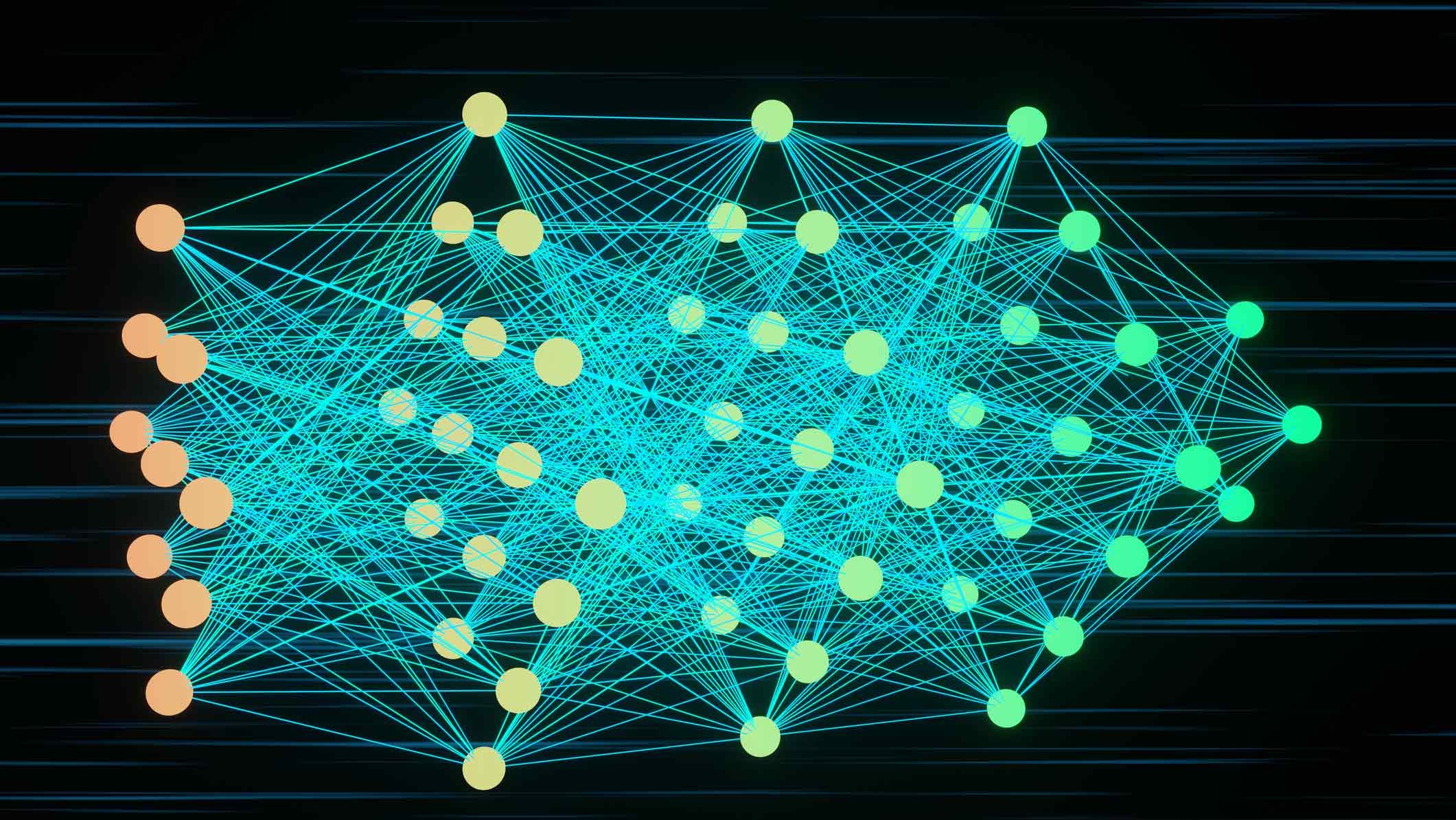Diets rich in food from the ocean and freshwater sources can help address both nutritional and environmental challenges
Blue foods — those that come from the ocean or freshwater environments — have tremendous potential to help address several global challenges. With careful implementation of policies that leverage these foods, nations could get a boost on efforts to reduce nutritional deficits, lower disease risk, decrease greenhouse gas emissions and ensure resilience in the face of climate change.
So say the team of experts at Blue Food Assessment, an international collaboration of scientists whose focus has been on the role of aquatic foods in global food systems. In a paper published today in the journal Nature, the scientists tease out the global-scale benefits of adding more blue food to the world’s diet.
“Even though people around the world depend on and enjoy seafood, the potential for these blue foods to benefit people and the environment remains underappreciated,” said UC Santa Barbara marine ecologist Ben Halpern, director of the National Center for Ecological Analysis & Synthesis and a member of the team. “With this work, we bring attention to these many possibilities and the transformative benefit that blue foods can have for people’s lives and the environments in which they live.”
Built on the landmark Blue Food Assessment, this study synthesizes the assessment’s findings and translates them across four policy objectives related to nutrition, health environment and livelihoods. The research team reports that aquatic foods are rich in many essential nutrients, particularly vitamin B12 and omega-3 fatty acids, deficiencies of which are relatively high globally, especially in African and South American nations. Increasing the intake of blue foods in those areas could diminish malnutrition, particularly for vulnerable populations such as young children and elders, pregnant women and women of childbearing age.
Meanwhile, high incidences of cardiovascular disease — a condition associated with excessive red meat consumption — are mostly found in the rich, developed countries in North America and Europe. Promoting more freshwater or marine seafood here could displace some red and processed meat consumption and lower the risks and rates of developing heart disease.
More blue food can also result in a more environmentally friendly and sustainable food system. As aquatic food production exerts relatively lower environmental pressures than terrestrial meat production, a shift toward more blue foods could lower the toll that producing terrestrial livestock (particularly ruminants such as cows, sheep and goats) takes on the earth.
Carefully developed, aquaculture, mariculture and fishing also present opportunities for employment and can ensure the livelihoods of hundreds of millions of people worldwide, according to the researchers.
With thoughtful implementation of blue food policies that lower the barriers to blue food production and access, countries could avail of multiple benefits simultaneously, resulting in healthier people and a sustainable food system, as well as a better ability to adapt to changing environmental conditions. But not all countries will benefit to a uniform degree.
“Blue foods can play important roles in our diets, societies and economies, but what exactly this looks like will differ greatly from one country and local setting to another,” said the study’s lead author Beatrice Crona, a professor at the Stockholm Resilience Center at Stockholm University and co-chair of the Blue Food Assessment. “Our goal is for policy makers to fully understand the diverse contributions that blue foods can make, but also for them to consider the tradeoffs that need to be negotiated to really make the most of the opportunities that blue foods provide.”
To that end, the team offers an online tool, where users can see the relevance of policy objectives around the world in the realms of nutrition, heart disease, environment and climate resilience.
“By further customizing the different parameters in the online tool, decisionmakers can explore the blue food policies most relevant for their national setting and use the paper to inspire blue food policies that can overcome existing environmental and nutritional challenges,” said Jim Leape, co-director of the Stanford Center for Ocean Solutions, a key partner in the Blue Food Assessment.
This study is the latest in a series of peer-reviewed papers written by the Blue Food Assessment team in an effort to understand the potential for blue foods in the current and future global food system, and help inform and guide policies that will shape the future of food.
“Working closely with the large, international team of diverse experts in the Blue Food Assessment was amazing,” Halpern said. “The integration and synthesis of all the ideas and knowledge that emerged from this work, and that we tried to capture in this paper, is really exciting.”
Sonia Fernandez
sonia.fernandez@ucsb.edu




